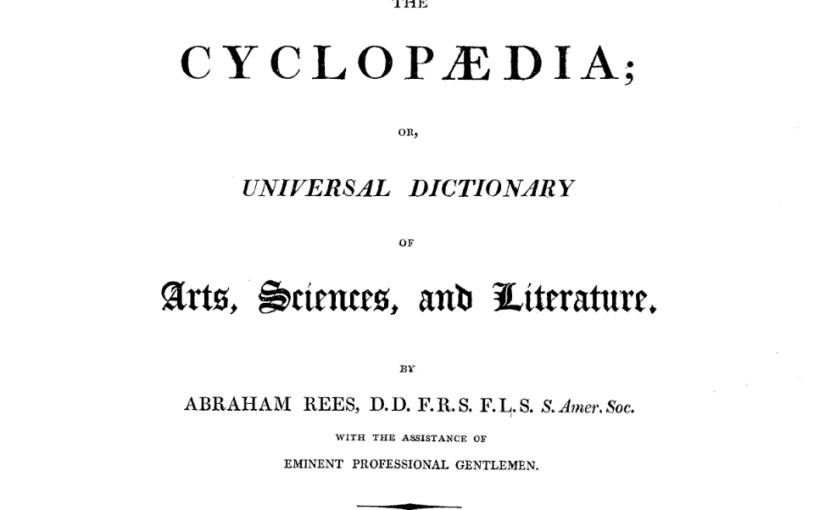Carolan’s tunes had no base to them originally, as we have been informed by the late Keane Fitzgerald, a native of Ireland, and a good judge of music, who had often seen and heard old Carolan perform. It was only after his decease, in 1738, that his tunes were collected and set for the harpsichord, violin, and German flute, with a base, Dublin, folio, by his son, who published them in London by subscription, in 1747.
Abraham Rees, The Cyclopaedia; or, universal dictionary of arts, sciences and literature. London: Longman, Hurst, Rees, Orme & Brown, 1819. Volume 17, (unpaginated, under ‘Harp’)

An earlier reporting of similar material but with less specific information is in a letter from the English musicologist, Charles Burney, written to Arthur Young in 1791:
“Carolan, the celebrated modern Irish bard, played only the treble part of tunes” (cited in The Autobiography of Arthur Young: With Selections from His Correspondence, ed. Matilda Betham-Edwards, Cambridge 2012, p.200) https://books.google.co.uk/books?id=lJ0EDhwQ-AcC&pg=PA200
The jumbled collection of information about ancient lyres, and historical and traditionary information about harps, is similar but not identical. I wonder if Burney fed the information to Rees, or if Burney had also had the same information independently from Keane Fitzgerald? And what about the strange thing about the “Irish harp” having so few strings? Are they getting confused by some English terminological mis-labelling, of something like the “Fairy Bells” zither?
Sorry, I did not realise that Burney was the author of the entire “Harp” article as well as most of the other musical entries in the Rees Cyclopedia. We need to check Burney’s archives to see if we can find his papers relating to Keane FitzGerald and Carolan.
Does the anecdote about Carolan composing using his buttons also come from Keane FitzGerald? I am struggling to find the origins of it. An anonymous reviewer of Walker’s Irish Bards says the anecdote comes from “an Irish gentleman who knew him well”. Another review, of Donal O’Sullivan’s Carolan, by “T. D.” in Music & Letters (April 1959) says that Burney is the source.
The “anonymous reviewer” in The Monthly Review 77, December 1787, is Burney, and so the “Irish gentleman who knew him well” is most likely Keane FitzGerald:
“Carolan, who was blind, composed, as we have been informed by an Irish gentleman who knew him well, the popular airs which go under his name, upon the buttons of his coat, making them the representatives of the lines and spaces, as Stanley used to compose upon a slate, with convex lines.”
Another line from Burney that probably relates to this same information from Keane FitzGerald is in his General History of Music (1776) volume 1 p.115, where he writes “the Irish harp, which long had a greater number [of strings] than the lyre, and yet these did not suggest to the performers on the harp, the idea of counterpoint, or of playing in parts; as that instrument remained many ages a single or treble instrument, used only for the purpose of playing a simple melody, or single part.” Both Keane and his son are listed as subscribers.